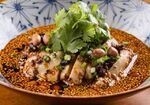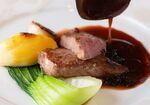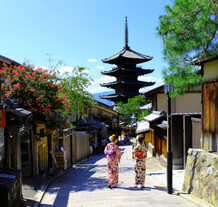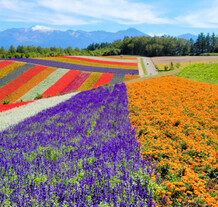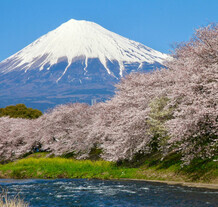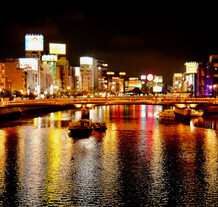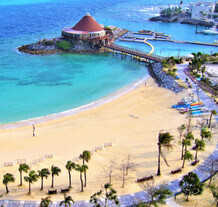Like and Share us

[Ramen] (면)이 일본을 방문하는 여행자들 사이에서 매우 인기가 있지만, 실제로 몇 가지 종류의 라멘 전반에 대해 알고 있는 사람이 많지 않은 것 같습니다. 이 기사에서는 가능한 한 많은 종류의 라멘 전반에 대한 철저한 소개를 찾을 수 있습니다!
1. 라멘이란 무엇인가?
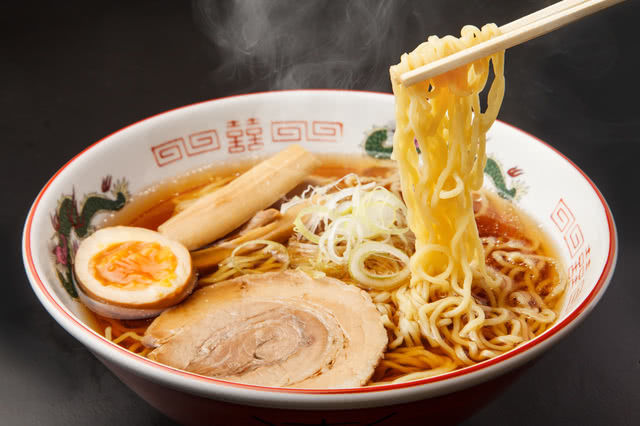
2. 라멘의 역사
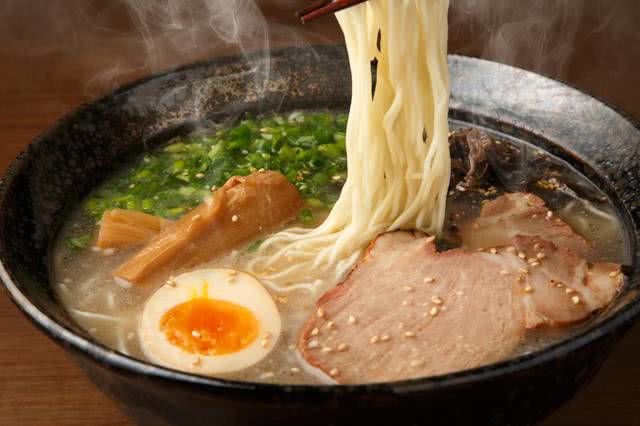
1910년, 일본의 음식 문화에 물들인 중국 면을 제공하는 첫 번째 일본 면집이 도쿄에 문을 열었습니다. 1920년대부터 1937년, 제2차 세계 대전 직전까지 일본 전역에 라멘집이 생겨났습니다. 그리고 전쟁이 끝난 후에는 많은 새로운 라멘 판매 스탠드가 등장했습니다. 라면은 싸고 맛있으며 영양가가 높아서, 특히 물자가 부족했던 그때에 특히 인기가 있었던 것으로 보입니다.
그 이후 80년 동안, 다양한 라면 식당이 전국에 개업하였습니다. 라멘은 이제 "일본의 국민 음식"이라고 불립니다.
3. 라멘의 표준 종류
[쇼유 라멘]과 [미소 라멘]
![[Shoyu Ramen] and [Miso Ramen]](/gg/content_image/t0039_003_20180115010102.jpg)
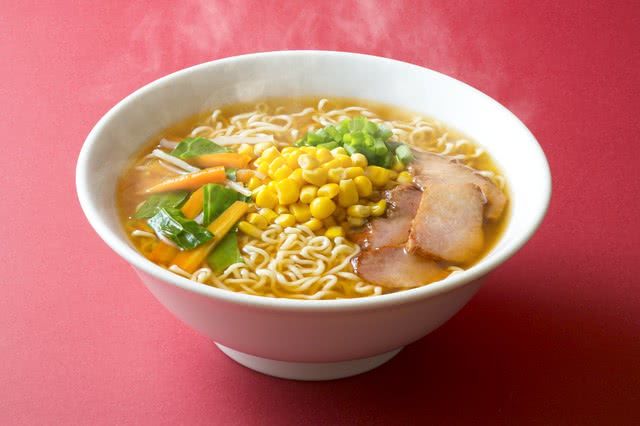
수프는 간장을 사용하여 만들어집니다. 수프의 종류는 치킨 뼈 또는 채소로 만든 가벼운 다시부터 돼지 뼈를 기반으로 한 두꺼운 수프까지 크게 다양할 수 있습니다.
- 미소 라멘
수프는 미소로 맛을 낸 소스를 기반으로 만들어집니다. 두꺼운 밀도와 풍부한 맛이 특징입니다. 1961년에 홋카이도 삿포로시의 인기 라면 식당인 "아지노 산페이"의 주인이 발명했다고 합니다.
[돈코츠 라멘]과 [시오 라멘]
![[Tonkotsu Ramen] and [Shio Ramen]](/gg/content_image/t0039_005_20180115020750.jpg)
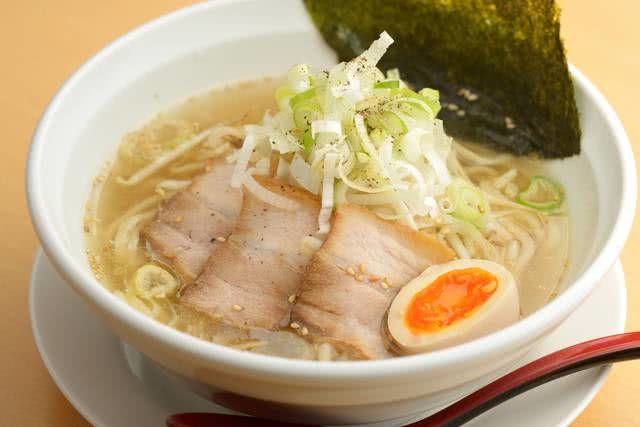
수프는 돼지 뼈를 오래 끓여 얻은 육수를 사용하여 만듭니다. 독특한 향과 두꺼운, 풍부한 맛이 있습니다. 많은 [돈코츠 라멘]은 규슈의 [하카타 라멘]을 대표로 하여 흐린 하얀 수프 안에 들어 있습니다.
- 시오 라멘
수프는 소금으로 맛을 낸 소스에서 만들어집니다. 다른 라면 종류에 비해 육수의 맛이 매우 두드러지는 것이 특징인데, 이는 그것이 가볍고 먹기 쉬워서 인기가 있습니다.
[교카이 라멘]과 [탄탄멘]
![[Seafood Ramen] and [Tantan-men]](/gg/content_image/t0039_007_20180115020851.jpg)
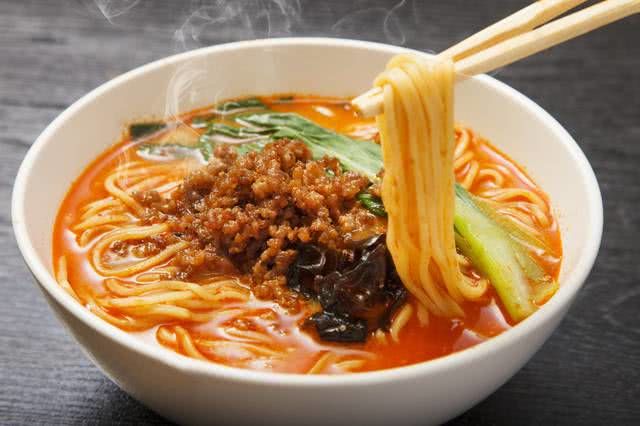
수프는 건조된 참치, 다시마, 멸치와 같은 다양한 해산물로 만들어집니다. 일본의 우미(맛의 깊이)를 특징으로 합니다.
- 탄탄멘
이 멘 요리는 중국의 사천 지역에서 비롯됐으며, 사천에서 태어난 요리사가 그것을 일본인의 입맛에 맞게 변형했다고 합니다. 일본에서는 보통 매운 참깨맛 수프에 달콤한 콩 소스로 양념한 돼지 고기가 덮여 있습니다.
4. 라멘 유래
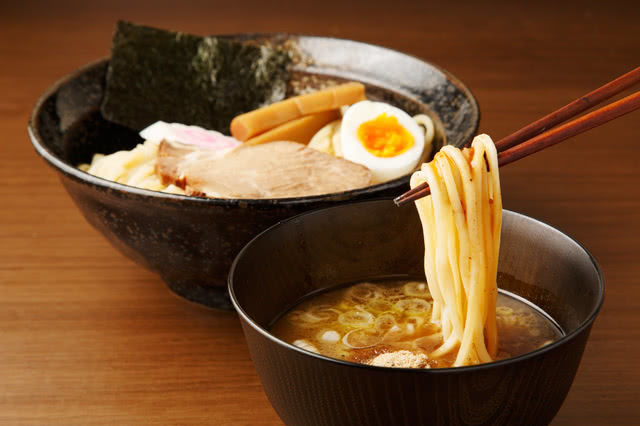
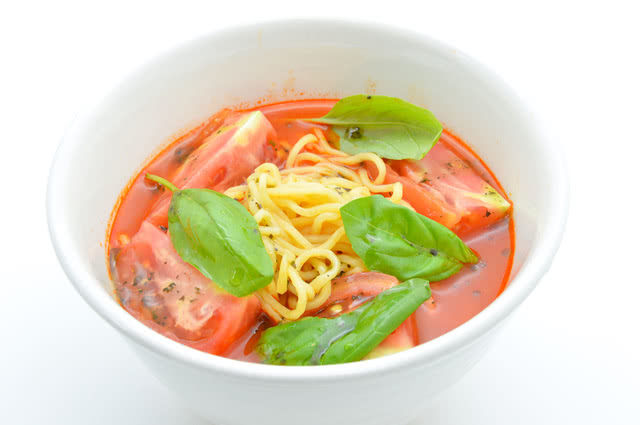
- 츠케멘
삶은 국수는 물에 담가져놓고, 먼저 츠케지루(짙은 라면 수프)에 담가 먹을 수 있도록 별도의 그릇에 담깁니다. 가끔 국수를 뜨거운 물에 다시 통과시켜 데우기도 합니다. 츠케지루는 일반적인 라면 수프보다 맛이 강합니다. 국수를 다 먹은 후에 돈코츠나 닭뼈 수프와 같은 수프를 츠케지루에 넣어서 마시는 [수프 와리]를 만들 수 있는 식당도 있습니다.
- 아부라 소바
작은 양의 [간장 기반의 진한 소스와 오일]이 그릇 바닥에 넣어져 있으며, 이로 국수를 코팅해서 먹어야 합니다. 재료 중에는 차슈(구운 돼지고기), 멘마(발효된 대나무 새싹), 또는 세게 썬 네기(파)가 있습니다. 때로는 칠리 오일이나 식초와 같은 양념을 선호에 따라 첨가하고 싶을 수 있습니다.
- 매운 라멘
닭고기, 돼지 뼈, 해산물 등으로 만든 다시를 기반으로, 이 종류의 라면의 주요 특징은 미소, 고추, 마늘 등의 재료로 맛을 낸 매운 수프입니다. 일부 식당에서는 매운 맛의 정도를 선택할 수 있게 해줍니다.
- 창의적인 라멘
이탈리아 스타일 토마토 맛의 수프, 굴과 조개와 같은 해산물, 카레 수프 등의 재료를 사용한 독특한 라멘을 만드는 식당이 많습니다.
5. 유명한 지역 라멘 종류
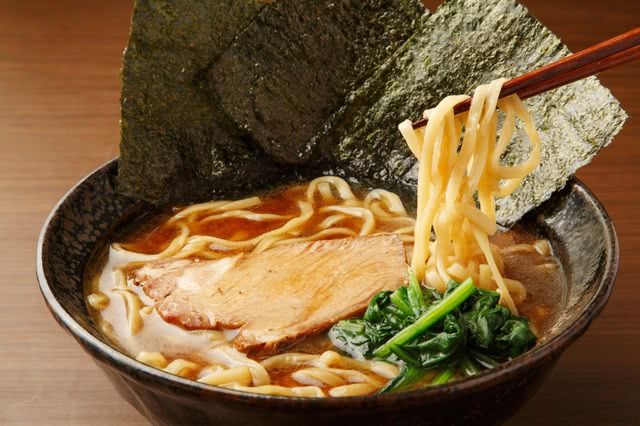
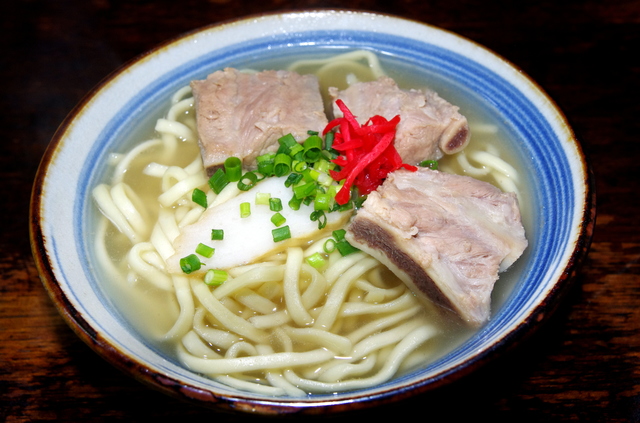
- 아사히카와 라멘
홋카이도 아사히카와시의 지역 라멘입니다. 일반적으로 건조된 멸치와 같은 해산물 및 돼지 뼈를 기반으로 한 다시를 사용한 간장맛 수프를 사용합니다. 홋카이도는 추운 기후로 알려져 있으므로, 지방이 수프 표면에 떠서 오래 동안 뜨겁게 유지됩니다. 흰색 치지레면(곱게 파쇄된 국수)이 일반적으로 사용됩니다.
- 삿포로 라멘
홋카이도 삿포로시의 지역 라멘입니다. 가장 일반적인 종류는 마늘향 진한 미소 라멘입니다. 모야시(콩나물)와 돼지 기름에 볶은 돼지 고기가 일반적으로 사용되며, 국수는 보통 두껍고 곱게 파쇄된 치지레면 종류입니다.
- 키타카타 라멘
후쿠시마현 키타카타시의 지역 라멘입니다. 명확한 간장 기반의 수프와 쉽게 섭취할 수 있는 양념이 일반적이며, 쫄깃한 평평한 치지레면도 있습니다.
- 도쿄 라멘
다양한 정의가 있지만, 일반적으로는 오래된 학교 간장 라멘을 가리킵니다. 수프는 맑고 간장 맛이 나며, 국수는 보통 곱게 파쇄되고 중간 두께입니다. 차슈, 멘마, 노리(김), 흰 파가 일반적으로 재료로 사용됩니다.
- 요코하마 이에케이 라멘
가나가와현 요코하마시의 라멘입니다. 가장 인기 있는 종류는 두꺼운, 쫄깃한 국수와 돼지 뼈, 치유(닭 기름), 간장 페이스트의 조합으로 맛을 내는 진한 맛의 수프로 만들어집니다. 노리, 시금치, 마늘, 생강, 참깨 등의 양념을 마음껏 넣을 수 있습니다.
- 교토 라멘
교토의 라멘은 일본의 많은 라멘 중에서 탁월한 무게감을 자랑합니다. 진한 간장 맛의 두꺼운 수프, 젤라틴 같은 질감, 또는 다른 인상적인 특징이 있습니다. 수프는 돼지 뼈와 닭, 채소, 닭 뼈 등 다양한 기반으로 만들어집니다.
- 하카타 라멘
후쿠오카현 후쿠오카시 하카타 지역의 지역 라멘입니다. 오랜 시간 동안 요리된 돼지 뼈만으로 만든 두꺼운 수프가 특징입니다. 마늘을 갈아 넣는 등의 장소도 많습니다. 또한, 국수를 교체하고 싶은 경우에 사용할 수 있는 [카에다마] (대체) 시스템으로 유명합니다.
- 오키나와 소바
오키나와 지역의 지역 라멘입니다. 국수는 밀가루로 만들어지며, 수프는 돼지 뼈로 만든 다시를 사용하여 짠맛이 납니다. 달콤한 맛의 삶은 돼지 배, 파, 생강이 일반적으로 첨가됩니다.
6. 일반적인 재료와 토핑의 종류
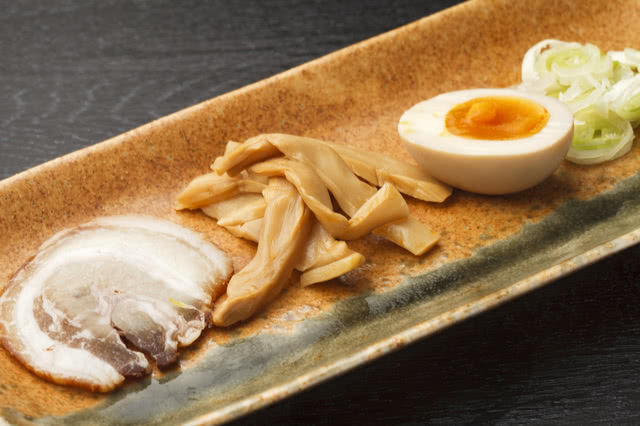
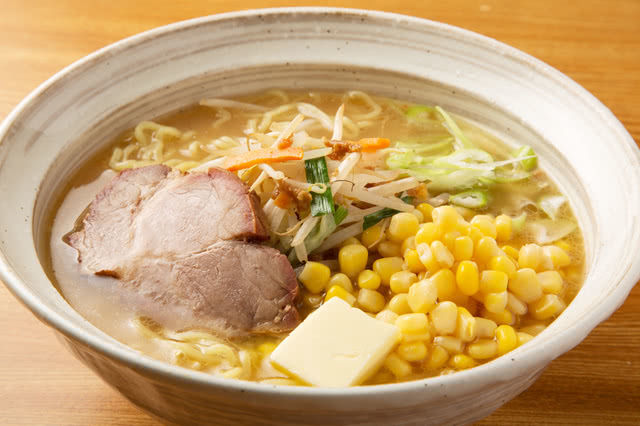
See full listings of Ramen restaurants.







